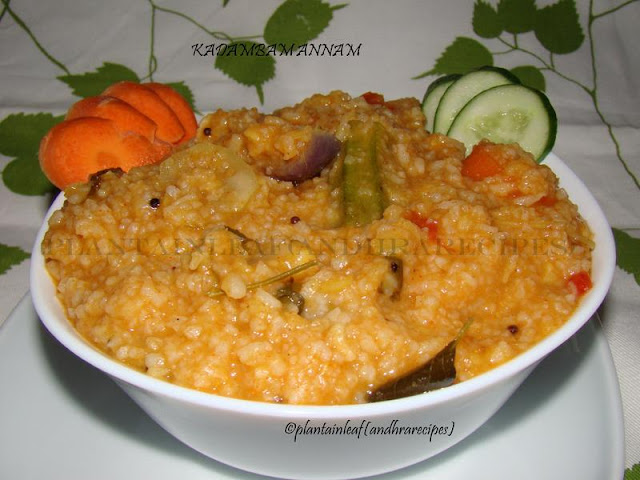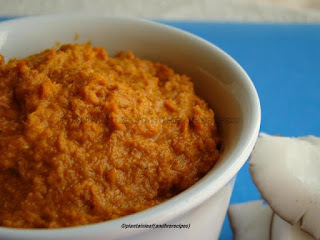
INGREDIENTS:---
Pruppu Kerai – 2 bundles or 1bowl chopped (if you are using 1 cup lentils with that same cup 2&1/2 cup chopped green leafy vegetables you have to add in this recipe. Not only paruppu keerai you can use Spinach, amaranthus leaves, fenugreek leaves also.)
Lentils – 1 cup (you can use split pigeon peas or yellow lentils)
Turmeric powder – 1/4 tea sp
Oil – 1/4 tea sp
Onion – 1 medium chopped or 1 tab sp chopped
Garlic --- 6 cloves chopped
Green chilies – 3 slit
Pepper powder – 1 tea sp
Salt to taste
For seasoning –
Oil – 1 tab sp
Mustard seeds – 1/2 tea sp
Cumin seeds – 1/4 tea sp
Asafetida – 1/4 tea sp
Curry leaves – 10 leaves
METHOD:---
1. Roast lentils in a pan till they turn in to light pink color and then add 2 cups of water, 1/4 tea sp turmeric powder and 1/4 tea sp oil and cook till lentils become soft. Remove from heat and leave a side.
2. Now heat oil in a pan add mustard seeds and let them popup then add cumin seeds, asafetida and fry for a second.
3. Then add chopped onion and fry till onion become translucent, now add chopped garlic, green chilies and fry for 1 min.
4. Now add chopped greens to this and cook for 5 min. then add pepper powder mix well.
5. Add cooked lentils, salt to taste mix well to combine every thing and cook for 5 more min. and remove from heat.
6. Serve with hot steamed rice or chapathis.
This paruppu keerai is for priya s RCI - KONGU NADU event strted by Lakshmi
Check my 2 more Kongu recipes Murungakkai Kara Kuzhambu and Arisim paruppu sadam














































